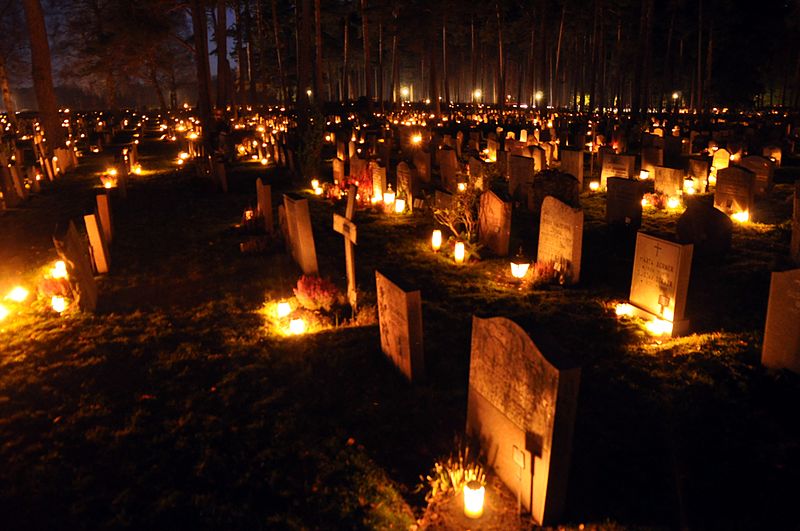
Working days per year 2023
In general, when you talk about the number of working hours per month, you usually say 160, or if you talk about the number of working days per year in 2023, you usually say 250, which is often not quite right. This year (2023), for example, there are between 152 and 184 working hours with an average of 169 hours per month or 253 working days (112 days off!). Here in the table below, you can see exactly how many working days, working hours, number of Saturdays and Sundays and other days off, for example red days, Midsummer's Eve, Christmas Eve and New Year's Eve. On the occasions that a red day coincides with a Saturday or Sunday, it is counted in the Sat & Sun column. We also expect an eight-hour working day. Which days in Sweden count as holidays are regulated in the following Lag (1989: 253) "The Public Holidays Act". The majority are free on the following holidays, even if they happen to coincide with a normal weekday:
- New Year's Eve
- Christmas Eve
- Easter Day and Pentecost
- New Year's Day and Thirteenth Day of Christmas
- May 1
- Christmas Day and Christmas Eve
- Good Friday and Easter Monday
- Ascension Day
- Sweden's National Day
- Midsummer Day
- All Saints Day
- Midsummer Eve
Feel free to check out our calendar here on the right, which contains information such as e.g. name days and a little history about what happened on that particular day.
| Month | Working days | Working hours | Sat & Sun. | Others |
|---|---|---|---|---|
| January | 22 | 176 | 9 | 1 |
| February | 20 | 160 | 8 | 0 |
| March | 23 | 184 | 8 | 0 |
| April | 18 | 144 | 10 | 3 |
| May | 21 | 168 | 8 | 2 |
| June | 20 | 160 | 8 | 2 |
| July | 21 | 168 | 10 | 0 |
| August | 23 | 184 | 8 | 0 |
| September | 21 | 168 | 9 | 0 |
| October | 22 | 176 | 9 | 0 |
| November | 22 | 176 | 8 | 0 |
| December | 19 | 152 | 10 | 2 |
| Total annual working hours | 252 | 2016 | 105 | 10 |
| Average / Month | 21 | 168 | 8.75 | 0.83 |
New Year's Day
New Year's Day is the first day of the calendar year. New Year's is celebrated on the night between December 31, i.e. New Year's Eve and January 1 according to the Gregorian calendar. New Year's Day is a very popular holiday. It is celebrated with fireworks, New Year's food and New Year's parties. We have made New Year's resolutions ever since the Viking Age. At this time the vow was made by either emptying a brage cup or swearing by a boar's horn. These days it's a bit more mundane, but many see New Year's Day and the associated New Year's resolutions as a chance to start anew. New Year's food is not quite as elaborate as other festive food, but is more generally associated with luxury. For example, we can see artichoke soup, Skagen toast, chocolate mousse and lobster on the New Year's table that we eat on New Year's Eve. The fireworks that are set off at 12 o'clock and beyond are traditionally to scare away evil spirits. Many traditions are very strongly linked to family or religion. However, New Year's Day and the entire New Year's celebration are more public. You usually share New Year's Day and its celebration with your friends. It is also an old tradition to ring in the new year, usually through some kind of joint public event where you count down to New Year's Day.Epiphany
This day falls on January 6th. Thirteenth day of Christmas is a holiday in Sweden. This day is important for Christians in Sweden and is celebrated to commemorate the revelation of Jesus, when the three wise men visited him in Bethlehem after his birth. The star boys traditionally associated with Lucia appeared from the beginning at the celebration of the thirteenth day of Christmas. In Sweden, these star boys wandered in the villages and actors around biblical stories about the three wise men and their journey to Bethlehem. This train could consist of three star boys, a Herod and a Christmas goat who made aggressive outbursts if he was not happy with the reward / offerings. This was seen as a playful and accepted form of begging. It was common for students in Latin schools to participate in the theater and use the income to pay for their living expenses during the Christmas holidays.All Saints Day

This day is always celebrated on Saturday, which falls between October 31 and November 6. The day after the church is dedicated to paying attention to all the saints, a day of remembrance for the dead. It has long been a custom in Christianity to pay attention to saints and martyrs on different days. All Saints' Day is the day on which all the saints who have not been given a day of their own are noticed and remembered. The reason why all saints and martyrs are celebrated is to strengthen the spiritual bond between the living on earth and the dead who have come to heaven. In this way, the image and belief that there is life after death is strengthened. On this Memorial Day, it is common to light candles at graves in the cemetery. All Saints' Day originally originated from the church, but in modern times it is also common for non-believers to light candles in cemeteries to remember loved ones who have passed away. This tradition began in 1900 and was first noticed mainly in the big cities, and then spread to the whole country. In the Anglo-Saxon countries, Halloween and "all saints day" are celebrated. Halloween originally comes from a Celtic festival where people lit bonfires and wore costumes to ward off ghosts. Halloween always falls on October 31st, while "all saints day" falls on November 1st.
The main symbolism used during All Saints' Day is the light. Every candle that is lit is a symbol of life that shines, comes and goes out. During the season when All Saints' Day is celebrated, it is dark, whereupon the symbolic effect of lighting candles becomes extra strong when the candles stand out and are very clearly visible. Sometimes All Saints' Day occurs at the same time as the Anglo-Saxon tradition of Halloween, which is why many people probably have a hard time separating the two. Halloween is something that is also celebrated in Sweden to a large extent, when children dress up and go on "mischief or sweets".

